Rail Car Crowding and SafeTrack – Potential Customer Impacts Analysis Released
We have developed a customer impact analysis that shows how and where customers may be impacted in the SafeTrack safety surges, to help guide regional partners plan mitigation and alternatives
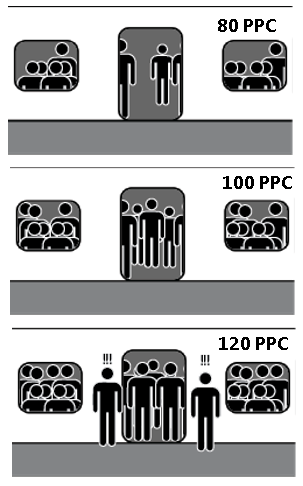 The first SafeTrack project began on June 4, meaning that Monday, June 6th, was the first day with peak-period service disruptions. This first safety surge is to accommodate the track improvement project planned for the Orange and Silver lines between East Falls Church and Ballston. With only one track available for revenue service, we are cutting back to just over 3 trains per hour on each line through the work zone. When service levels decrease without a decrease in demand, we see an increase in passenger loading on rail cars. We measure that with a metric called passengers per car, or PPC.
The first SafeTrack project began on June 4, meaning that Monday, June 6th, was the first day with peak-period service disruptions. This first safety surge is to accommodate the track improvement project planned for the Orange and Silver lines between East Falls Church and Ballston. With only one track available for revenue service, we are cutting back to just over 3 trains per hour on each line through the work zone. When service levels decrease without a decrease in demand, we see an increase in passenger loading on rail cars. We measure that with a metric called passengers per car, or PPC.
Our rail cars are designed to comfortably transport around 100 passengers each, with most sitting and a few customers standing. After special events (or any given weekday on some lines) we often find rail cars with much higher passenger loads. From a planning perspective, an average PPC of greater than 120 is considered crowded. Also, we know that customers don’t evenly distribute themselves across rail cars, so an average PPC of 120 means some cars are much more crowded. Read more…

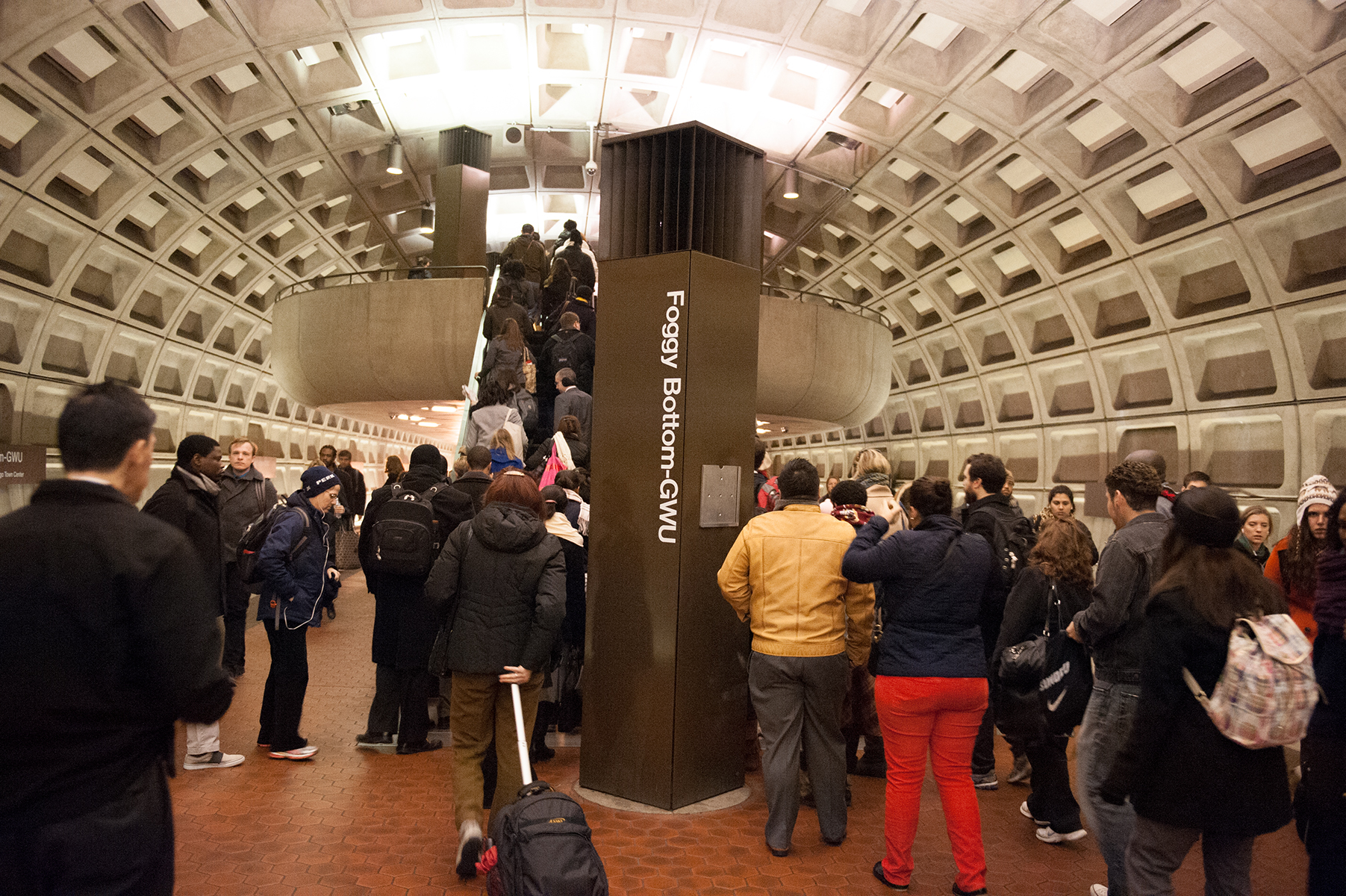
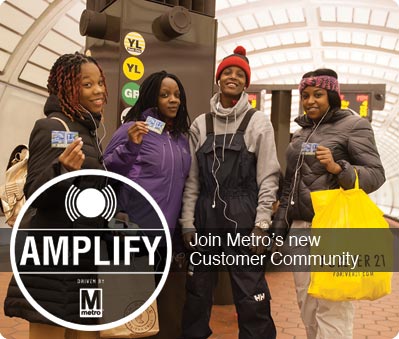
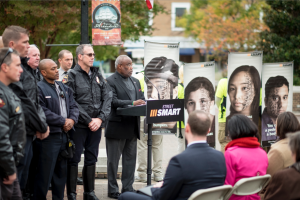
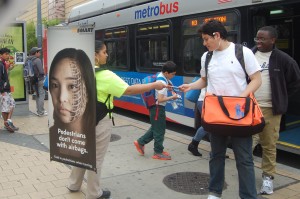
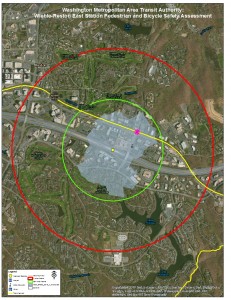
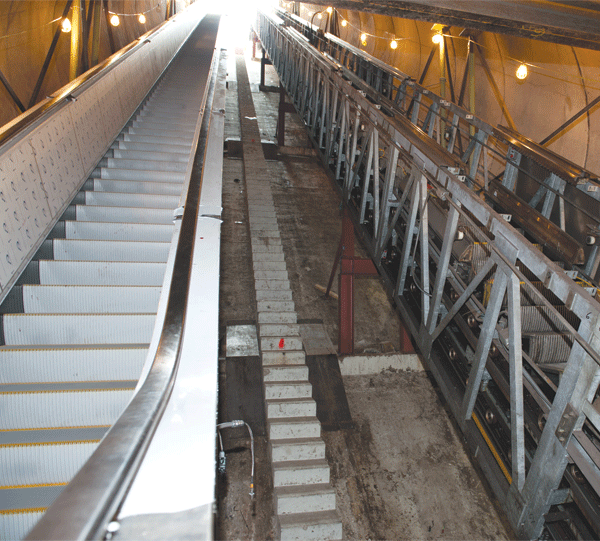
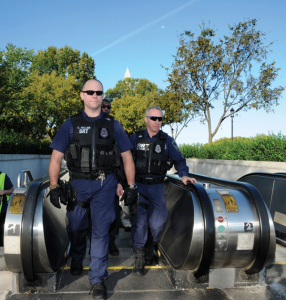

Recent Comments